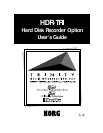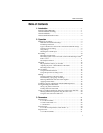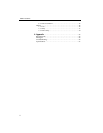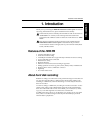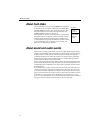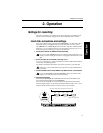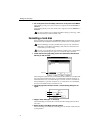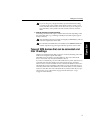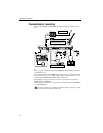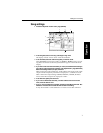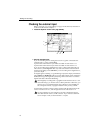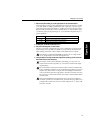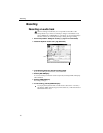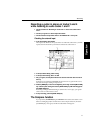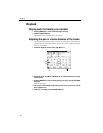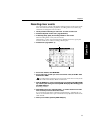
About hard disks
2
About hard disks
About sound and audio events
When audio recording is performed, sound is recorded directly into the sound
partition of the hard disk. At the same time, event data (audio events) pertaining
to that sound is recorded into the audio track that is currently selected. (The
sound data itself does not exist in the audio track.) Audio events contain data
that specifies the name of the sound that they use, and data that specifies the
portion of the sound that will be played back.
When a song is played back and an audio event is encountered, the appropriate
sound will be played back from the hard disk. This means that playback is not
possible unless the sound itself as well as the audio event that uses that sound
are both present.
Be aware that audio events can be erased using the event edit commands, and
can also be erased by accident by turning the power off before they have been
saved to the hard disk. Furthermore, if just the sound is left, it will not be possi-
ble to re-use that sound in an audio track. If you allow these unusable sounds to
accumulate in your hard disk, they will simply occupy disk space to no pur-
pose, so we recommend that you execute the “Delete Unused Sound” command
(
☞
page 53 of this manual) to make the best use of your hard disk.
When a hard disk connected to the
TRINITY
is formatted, it
is divided into two partitions: a
filer area
and a
sound area
.
The
filer partition
is used to save .SNG files and .PCG files,
and also includes an area used to manage these files. The
sound partition
is used to record sound.
When you specify the size of the filer partition in the Format
dialog box before executing the Format command, the disk
will be formatted with the remaining space allotted to the
sound partition (
☞
page 48 of this manual). In order to mod-
ify the partitioning, you must either execute Format once
again, or execute the Wipe command.
Hard Disk
Filer partition
.SNG files
.PCG files etc.
Sound partition
Recorded
sounds



